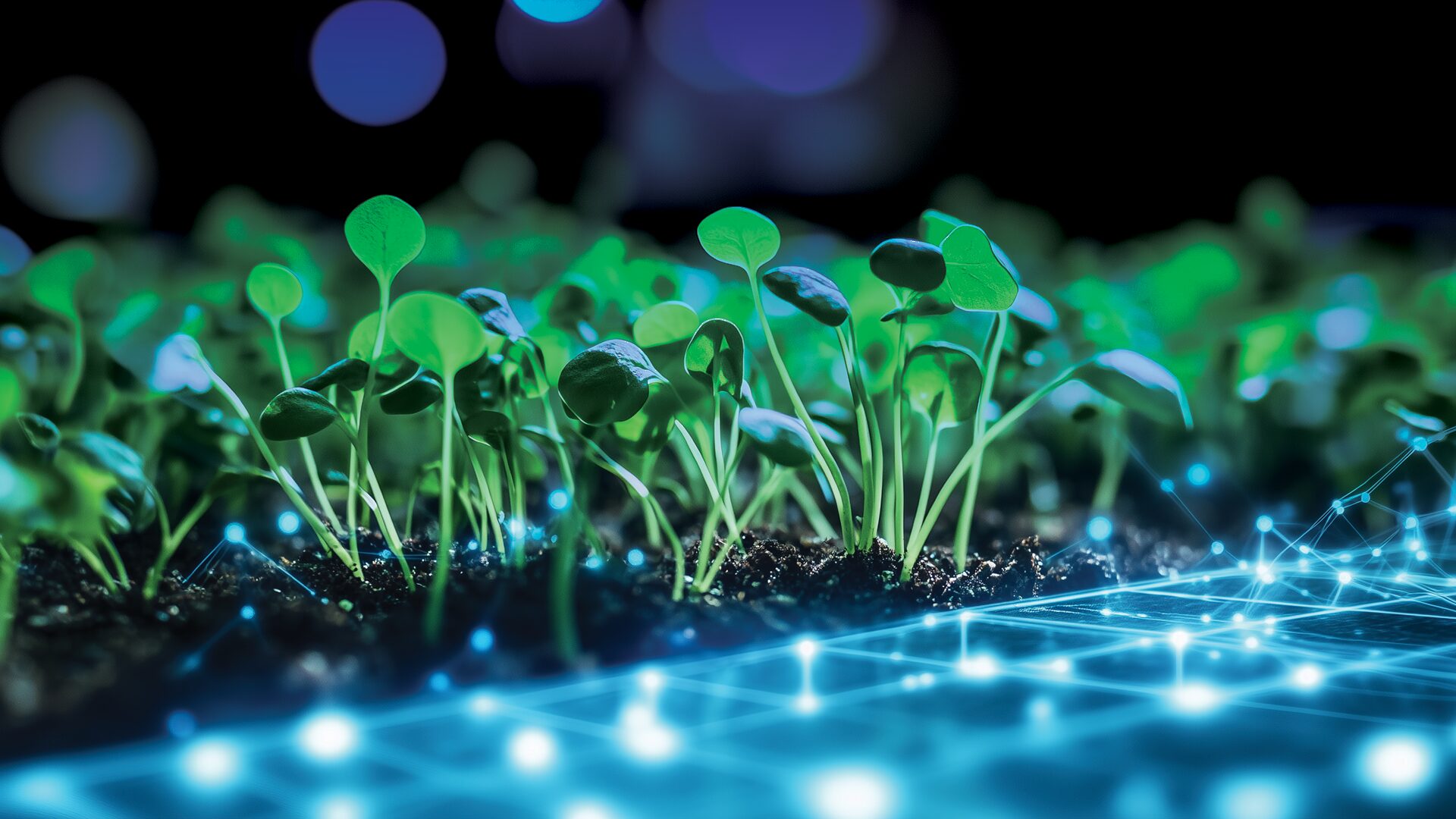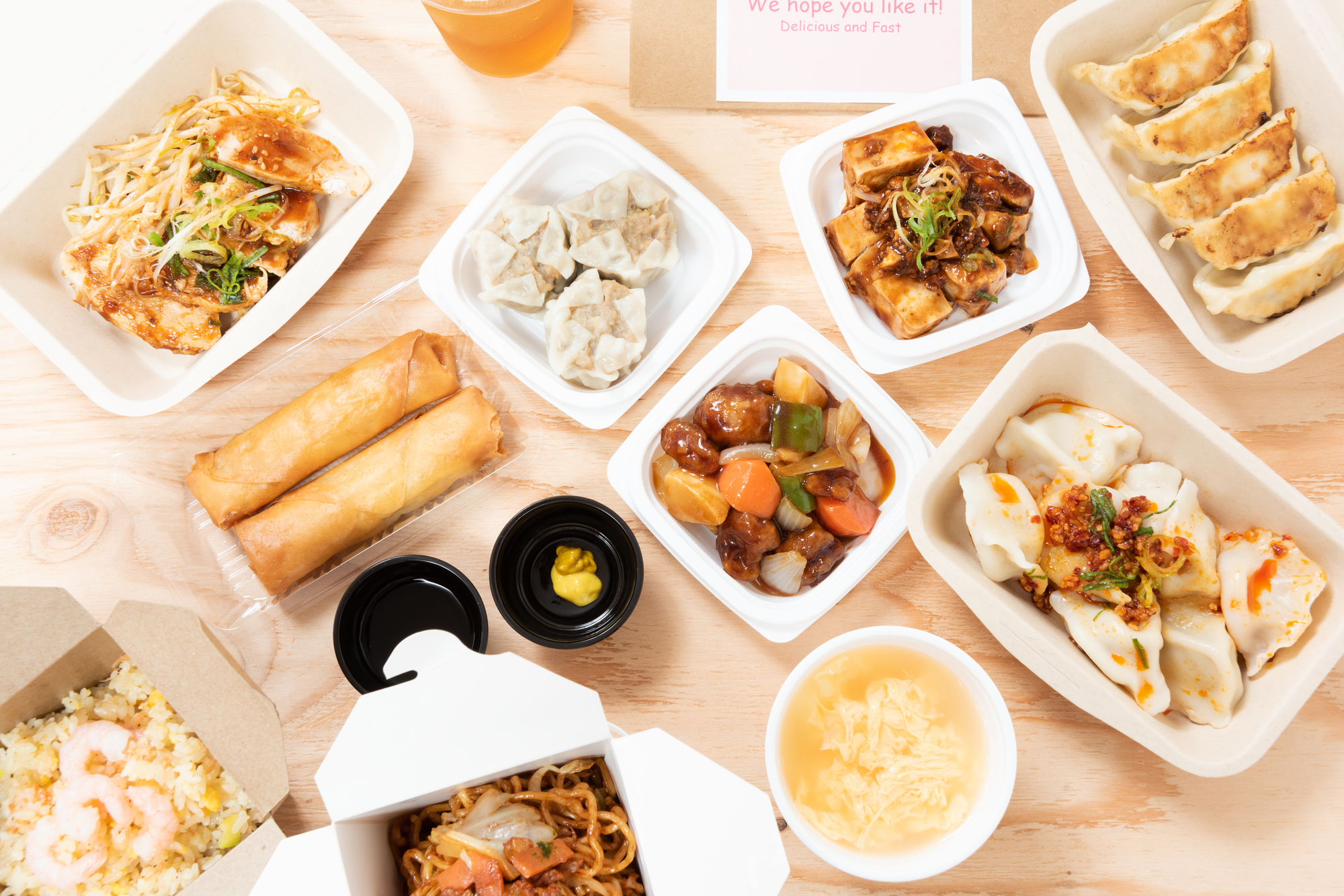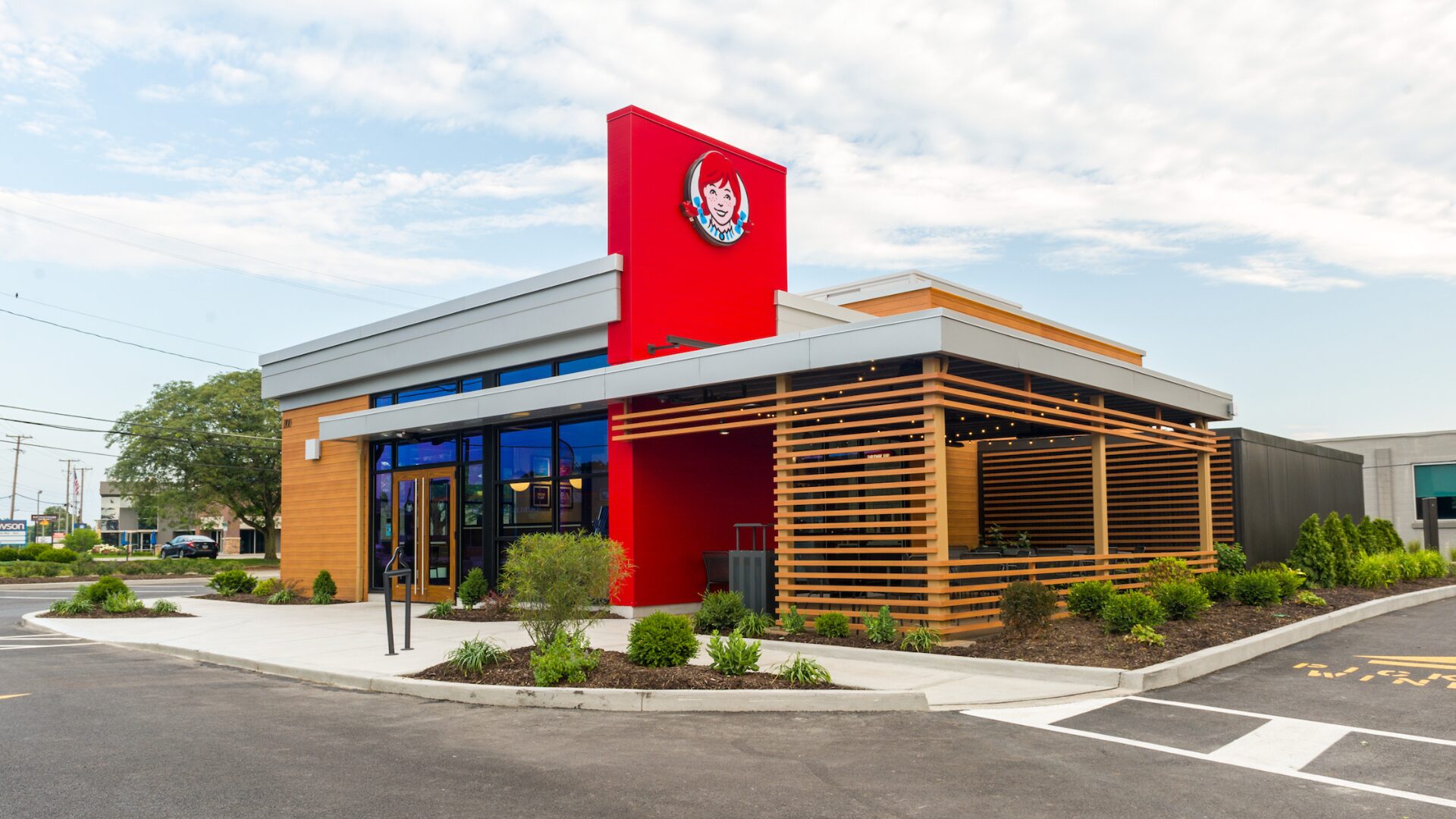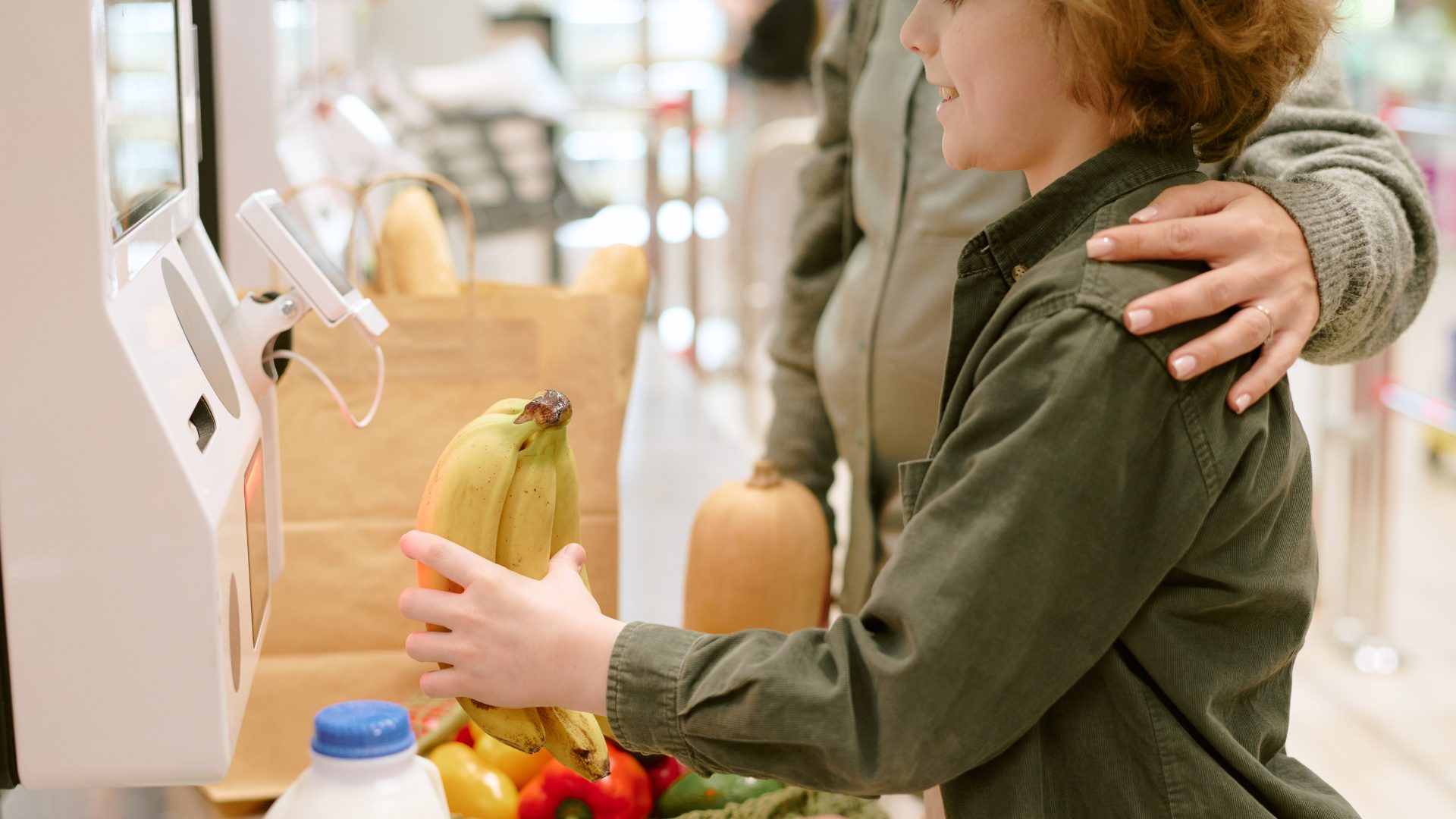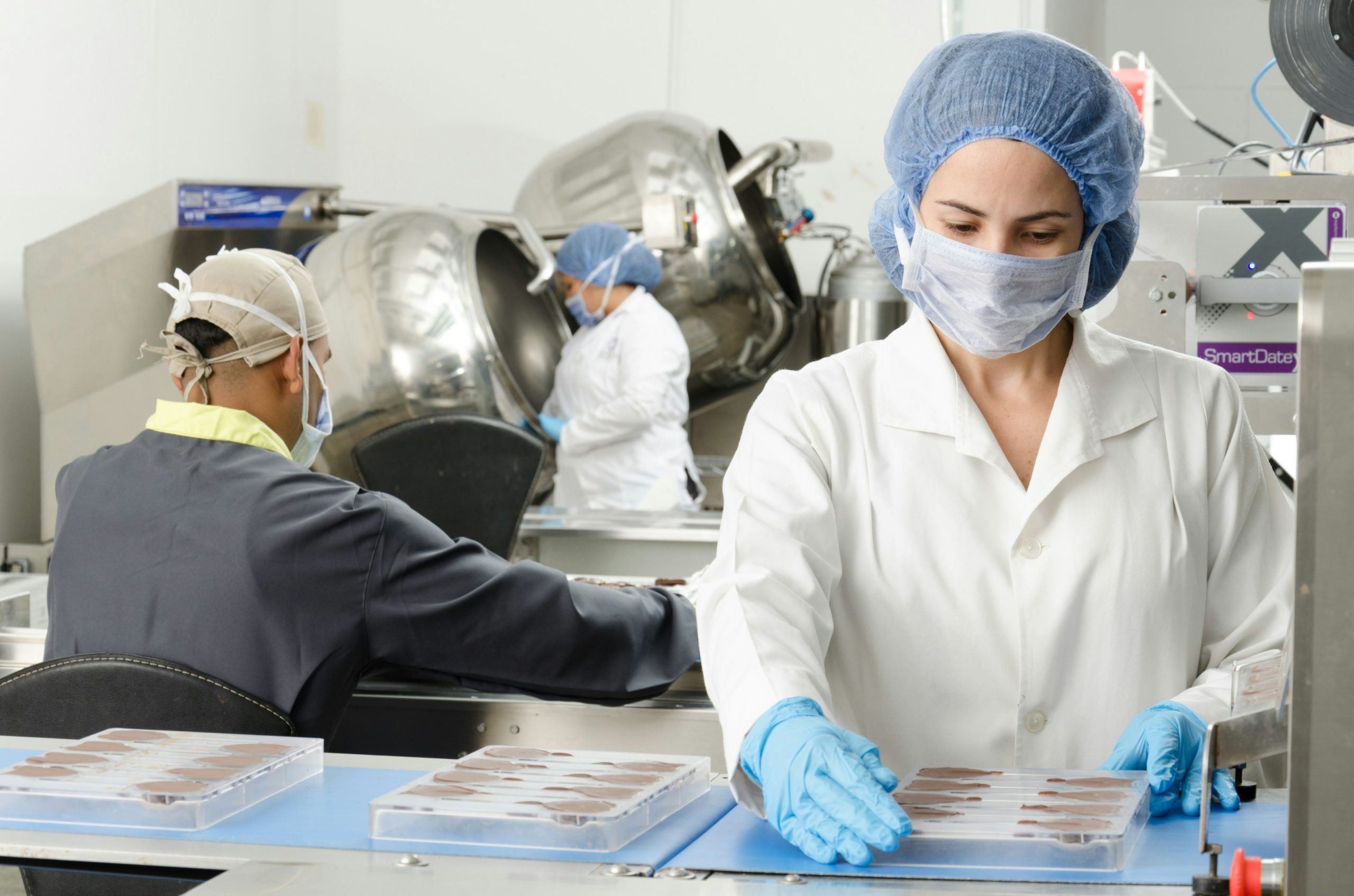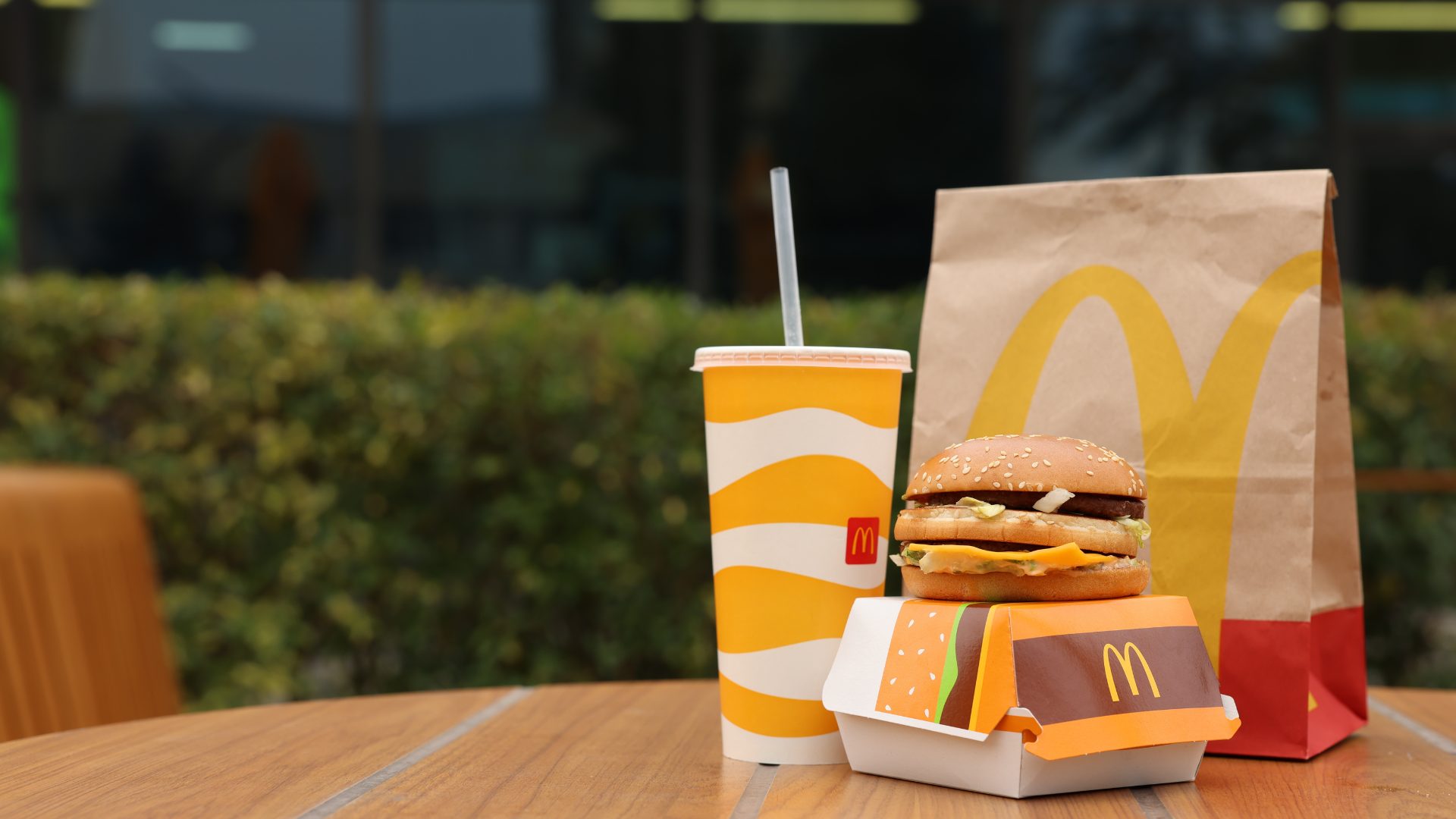Bioengineers have developed a new food production method that allows plants to grow in the dark. The process – electro-agriculture – is reportedly more efficient than photosynthesis and has the potential to enhance sustainability and restore ecosystems.
Biological engineer Robert Jinkerson of the University of California, Riverside, along with electrochemist Feng Jiao of the University of Washington in St. Louis, estimate that the process could reduce the amount of land required for agriculture by as much as 94%.
The method could also be used to grow food in space.
“If we don’t need to grow plants with sunlight anymore, then we can decouple agriculture from the environment and grow food in indoor, controlled environments,” Jinkerson told ScienceDaily.
Currently half the land in the United States is devoted to agriculture, and electro-agriculture could free up some 1 billion acres.
Photosynthesis uses only about 1% of the total solar energy absorbed by plants. Electro-agriculture relies on genetically modified plants that eat an organic molecule – an acetate similar to vinegar – produced by a solar-powered chemical reaction that more efficiently converts CO2. To get the plants to eat acetate, scientists are exploiting a pathway that allows germinating plants to break down food stored in seeds. The pathway switches off once photosynthesis begins.
“Mushrooms and yeast and algae, however, can be grown like this today, so I think that those applications could be commercialized first, and plants will come later down the line,” Jinkerson said.
The solar power would come from solar panels placed on the sides of multi-story buildings or near them, and the plants would be grown hydroponically.
“We’re trying to turn this pathway back on in adult plants and reawaken their native ability to utilize acetate,” Jinkerson said. “It’s analogous to lactose intolerance in humans — as babies we can digest lactose in milk, but for many people that pathway is turned off when they grow up. It’s kind of the same idea, only for plants.”
Jiao said the process already is four times as efficient as photosynthesis with more gains to be expected.
“This is just the first step for this research, and I think there’s a hope that its efficiency and cost will be significantly improved in the near future,” Jiao said.
Meanwhile, in other agriculture news:
Egg Prices
Egg prices are going up again, just in time for the holiday baking season, as bird flu continues to take a toll, NerdWallet reported.
Eggs rose to $4.82 per dozen in January 2023 as bird flu reduced production. Prices eased somewhat but rose to $3.82 a dozen in September, USDA statistics show, rising 8.4% from August to September and 39.6% from a year ago. Prices for other foods, by contrast, are up just 2.3% from last year.
Reuters reported that egg marketing is coming under fire. A would-be class-action lawsuit filed in federal court in Chicago accuses Eggland’s Best of misleading consumers with packaging that says its hens are “free to roam in a pleasant, natural environment.” The suit alleges many of Eggland’s birds are kept in windowless, concrete buildings. Eggland has said describing its eggs as “cage free” is accurate.
E. Coli
Fast-food chains have pulled fresh onions from their menus in the wake of the headline-grabbing E. coli outbreak linked to McDonald’s that forced the fast-food giant to briefly pull its Quarter Pounders from the menus of 20% of its restaurants.
Attorney Mike Taylor of STOP Foodborne Illness told Reuters that it’s much more difficult to prevent produce from being contaminated than it is with meat, which is largely because so much of it is consumed raw.
Crops often are in close proximity to both wildlife and ag animals, which naturally harbor E. coli in the gut.
Untreated manure or contaminated irrigation water also could be responsible.
The Food Institute Podcast
Restaurant results for the second quarter weren’t stellar, but people still need to eat. Are they turning to their refrigerators, or are restaurants still on the menu for consumers? Circana Senior Vice President David Portalatin joined The Food Institute Podcast to discuss the makeup of the current restaurant customer amid a rising trend of home-centricity.


